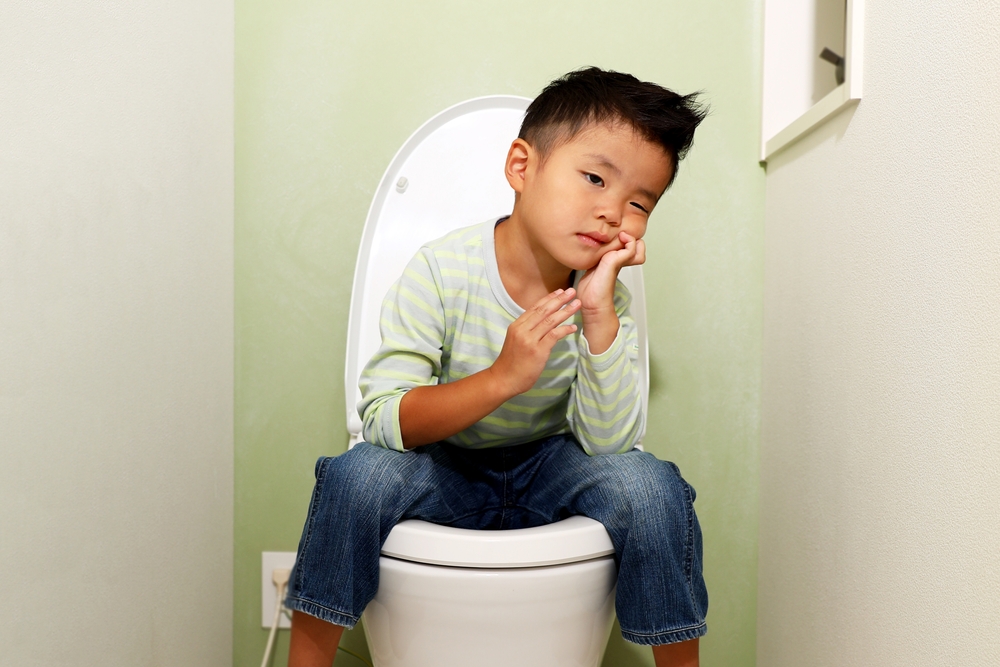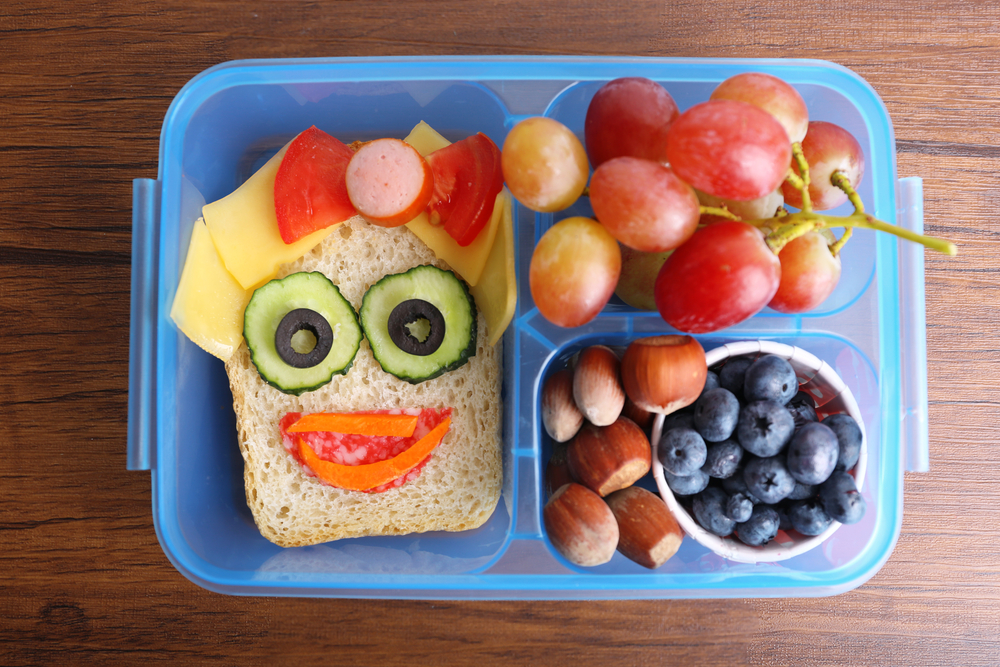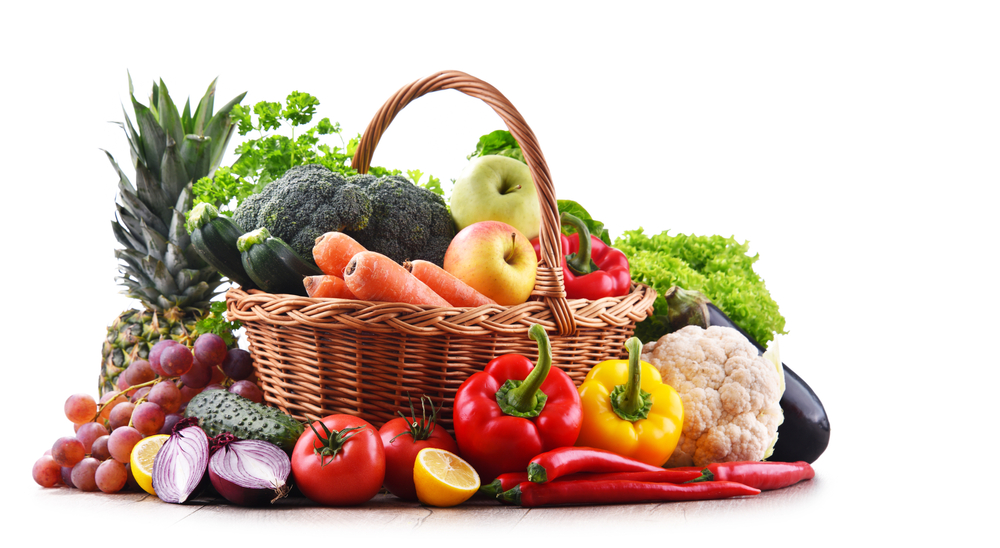Written by: Registered Public Health Nutritionist (UK) and Nutritionist, Ng Pui Yu
Many parents have encountered the issue of their children having difficulty with bowel movements. When this problem arises, parents usually increase the fiber content in their children’s diet, but the effectiveness varies from person to person. What should be noted in this process?
What is an appropriate amount of fiber?
Many people know that eating foods high in fiber such as whole grains, nuts, beans, fruits (like prunes, figs, kiwis, bananas, apples, pears, etc.) and vegetables (like eggplants, bell peppers, daylilies, amaranth, broccoli, cabbage, mustard greens, spinach, Chinese broccoli, snow fungus, mushrooms, etc.) can stimulate intestinal peristalsis. It turns out that when fiber absorbs water, it becomes soft and expands like a sponge, stimulating the urge to defecate. Sufficient fiber also helps promote the growth of beneficial bacteria in the intestines, which can improve constipation. It is important to note that when increasing dietary fiber, it should be done gradually, increasing slowly every few days, otherwise, if the body cannot adapt, it may make the stool even harder.
The daily dietary fiber requirement for children is their age plus 5 grams. For example, a 4-year-old child should have a daily dietary fiber intake of about 4+5=9 grams. To consume enough fiber, children aged 2 to 5 years old need at least 1.5 servings of vegetables (1 serving = 1/2 bowl of cooked vegetables) and at least 1 serving of fruit (1 serving = 1 medium-sized fruit, such as an orange or apple) per day.



